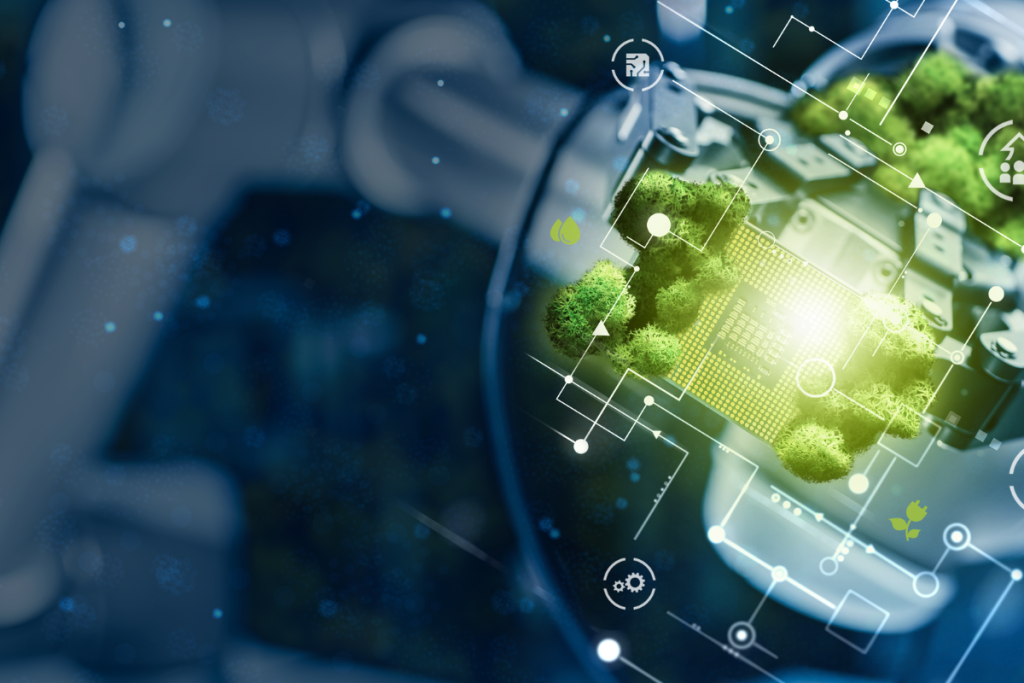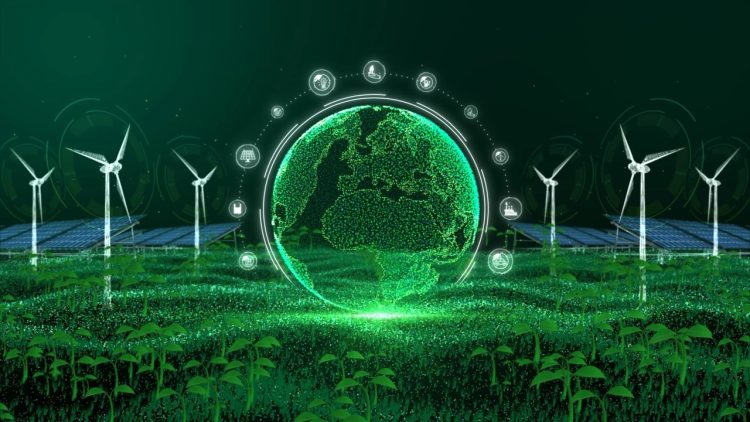Understanding the Environmental Impact of Urbanization
Urbanization is one of the most transformative forces shaping modern society. Over half of the global population now lives in cities, and by 2050, that figure is expected to rise to nearly 70%. Cities are centers of economic activity, innovation, and cultural exchange, but they are also significant contributors to environmental degradation. Buildings alone account for approximately 40% of global energy consumption and 30% of greenhouse gas emissions, primarily due to heating, cooling, lighting, and construction processes.
As urban populations grow, the environmental footprint of cities continues to expand, exacerbating climate change, air pollution, and resource depletion. In response, the concept of green buildings and smart infrastructure has emerged as a crucial strategy to reduce environmental impact while improving the quality of urban life.
Green buildings are designed to minimize energy use, reduce water consumption, and utilize sustainable materials. Smart infrastructure integrates digital technology into urban systems, enabling cities to optimize energy, water, waste, and transportation management. Together, these approaches aim to create urban environments that are environmentally responsible, economically viable, and socially inclusive.
The Principles of Green Building Design
Energy Efficiency
Energy efficiency is at the core of green building design. Buildings consume energy for heating, cooling, lighting, and appliances, contributing to carbon emissions. Green buildings reduce energy demand through:
- Passive Design: Optimizing natural light, ventilation, and thermal insulation to reduce the need for artificial heating and cooling.
- High-Performance Windows and Insulation: Reducing heat loss in winter and heat gain in summer.
- Energy-Efficient Appliances and Lighting: Utilizing LED lighting, smart thermostats, and energy-efficient HVAC systems.
These strategies not only reduce carbon footprints but also lower operating costs for building owners and occupants.
Sustainable Materials
The construction industry is a major consumer of raw materials and a source of greenhouse gas emissions. Green building practices prioritize sustainable materials that have lower environmental impact:
- Recycled Materials: Using recycled steel, concrete, and timber reduces resource extraction.
- Low-Emission Products: Materials with low volatile organic compounds (VOCs) improve indoor air quality.
- Locally Sourced Materials: Minimizing transportation reduces emissions associated with material delivery.
Water Conservation
Water scarcity is a growing global concern. Green buildings incorporate strategies to reduce water consumption:
- Rainwater Harvesting: Collecting rainwater for non-potable uses.
- Greywater Recycling: Reusing wastewater from sinks and showers for irrigation or flushing.
- Water-Efficient Fixtures: Installing low-flow faucets, showerheads, and toilets.
These measures reduce strain on municipal water systems and support sustainable urban development.
Indoor Environmental Quality
Green buildings prioritize the health and well-being of occupants:
- Natural Ventilation and Air Quality Control: Reducing indoor pollutants and improving comfort.
- Daylighting and Ergonomic Design: Enhancing productivity and well-being.
- Acoustic Comfort: Minimizing noise pollution within the building.
By creating healthier indoor environments, green buildings enhance occupant satisfaction and productivity.
Smart Infrastructure: Integrating Technology for Efficiency
Smart infrastructure leverages digital technologies such as IoT (Internet of Things), AI, and big data to optimize urban systems. By integrating sensors, data analytics, and automated control, cities can manage energy, water, waste, and transportation more efficiently.
Smart Energy Management
- Building Energy Management Systems (BEMS): Monitor and control energy usage in real time.
- Smart Grids: Facilitate two-way energy flow between utilities and buildings, enabling demand response and renewable energy integration.
- Renewable Energy Integration: Solar panels, wind turbines, and energy storage systems are coordinated through smart grids to reduce reliance on fossil fuels.
Water and Waste Management
- Smart Water Meters and Sensors: Detect leaks, monitor usage, and optimize supply.
- Intelligent Waste Collection: Sensors in trash bins inform collection schedules, reducing fuel use and emissions.
- Waste-to-Energy Solutions: Converting organic waste into biogas or energy for local use.
Smart systems enhance resource efficiency, lower costs, and reduce environmental impacts.

Transportation and Mobility
- Traffic Management Systems: AI algorithms optimize traffic signals and reduce congestion.
- Electric and Shared Mobility Integration: Coordinating EV charging and bike-sharing networks for efficient urban movement.
- Predictive Maintenance for Infrastructure: Sensors monitor bridges, roads, and transit systems to prevent failures and optimize repairs.
By linking transportation infrastructure to energy and environmental systems, cities can reduce emissions and improve livability.
Case Studies: Global Leadership in Green Buildings and Smart Infrastructure
Singapore: A City in Harmony with Nature
Singapore has emerged as a global leader in sustainable urban development. The city-state has implemented:
- Green Building Certification (BCA Green Mark): Incentivizing energy-efficient designs in residential and commercial buildings.
- Vertical Greenery: Rooftop gardens and green walls reduce heat island effects.
- Smart Water Management: Advanced sensors and water recycling support urban sustainability.
Through integrated planning and innovation, Singapore demonstrates that dense urban environments can achieve environmental and economic sustainability.
Copenhagen, Denmark: The Smart Energy City
Copenhagen has prioritized smart infrastructure and renewable energy:
- District Heating Systems: Efficiently providing heating using waste heat from power plants.
- Bicycle-Friendly Urban Design: Extensive bike lanes and incentives reduce car dependency.
- Smart Grids: Integrating wind energy and optimizing electricity distribution across the city.
Copenhagen exemplifies the combination of green buildings, renewable energy, and smart city technologies for sustainable urban living.
Masdar City, United Arab Emirates: A Model for Sustainability
Masdar City was designed from the ground up to be a sustainable urban environment:
- Net-Zero Carbon Buildings: Incorporating solar panels, energy-efficient systems, and passive design.
- Automated Transportation: Personal rapid transit and electric vehicles reduce emissions.
- Water and Waste Efficiency: Recycling and innovative infrastructure reduce environmental impact.
Masdar City demonstrates the potential for purpose-built sustainable urban environments.
Challenges and Barriers to Adoption
Despite significant progress, barriers remain:
- High Initial Costs: Green building materials, renewable energy systems, and smart infrastructure require significant investment.
- Technical Complexity: Integrating multiple systems, such as energy, water, and transport, demands sophisticated planning and expertise.
- Policy and Regulatory Hurdles: Incentives, standards, and building codes may lag behind technological possibilities.
- Public Awareness and Adoption: Occupant behavior and stakeholder engagement are critical to achieving sustainability goals.
Addressing these challenges requires coordinated policy, financial mechanisms, and public-private partnerships.
The Future of Green Buildings and Smart Cities
The future of urban sustainability will be defined by integration, innovation, and resilience:
- Integration: Seamlessly connecting energy, water, transport, and waste systems.
- Innovation: Emerging technologies such as AI, blockchain, and digital twins will enable predictive urban management.
- Resilience: Designing cities to withstand climate-related shocks, such as heat waves, floods, and energy disruptions.
- Circular Economy in Construction: Reusing materials, reducing waste, and adopting modular building designs.
As cities continue to grow, the combination of green buildings and smart infrastructure offers a pathway toward urban environments that are energy-efficient, climate-resilient, and livable.
Conclusion
Green buildings and smart infrastructure are essential to achieving sustainable urban futures. By integrating energy-efficient design, renewable energy, digital technologies, and sustainable resource management, cities can reduce emissions, improve public health, and enhance quality of life. Global leaders such as Singapore, Copenhagen, and Masdar City illustrate that ambitious planning, innovative technologies, and policy support can create urban environments that are both economically viable and environmentally responsible.
The challenge of sustainable urbanization is immense, but the convergence of architecture, technology, and policy provides unprecedented opportunities. By embracing green buildings and smart infrastructure, cities worldwide can become engines of sustainable development, leading humanity toward a future where urban life coexists harmoniously with the environment.











































